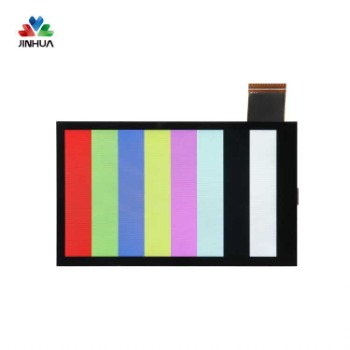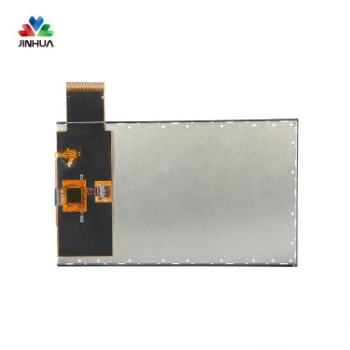Working principles and comparison of advantages and disadvantages of LCD and OLED part three
Jun 25, 2024
2.3. OLED has faster response time and more advantages in dynamic display.
When displaying dynamic images, it means that each pixel needs to switch colors quickly, and color switching takes a certain amount of time. This time is what we call screen response time.
If the response time is too long, the pixels will not have time to change color when a dynamic picture is displayed, causing the previous picture to disappear completely before the next picture is displayed, resulting in residual images on the screen.
The switching of LCD screen colors is accomplished by controlling the deflection of liquid crystal molecules. Therefore, the deflection speed of the liquid crystal layer directly determines the gray-scale response time of the LCD screen, and the deflection of the liquid crystal layer is related to temperature. The lower the temperature, the slower the deflection speed, resulting in a very obvious smear phenomenon on the LCD screen at low temperatures.
OLED screens do not have a liquid crystal layer and are naturally not limited by the temperature of the liquid crystal layer. However, the OLED screen does not have no response time. The OLED screen switches between colors. The response time is very short and there is almost no smearing. However, the OLED screen switches from pure black to pure white, or from pure white to pure black. It takes much longer than other colors, but OLED also takes less time to switch between black and white colors than most LCDs.
Therefore, OLED has a natural advantage in displaying dynamic images on the screen.






 English
English Deutsch
Deutsch русский
русский español
español العربية
العربية



 IPv6 network supported
IPv6 network supported
